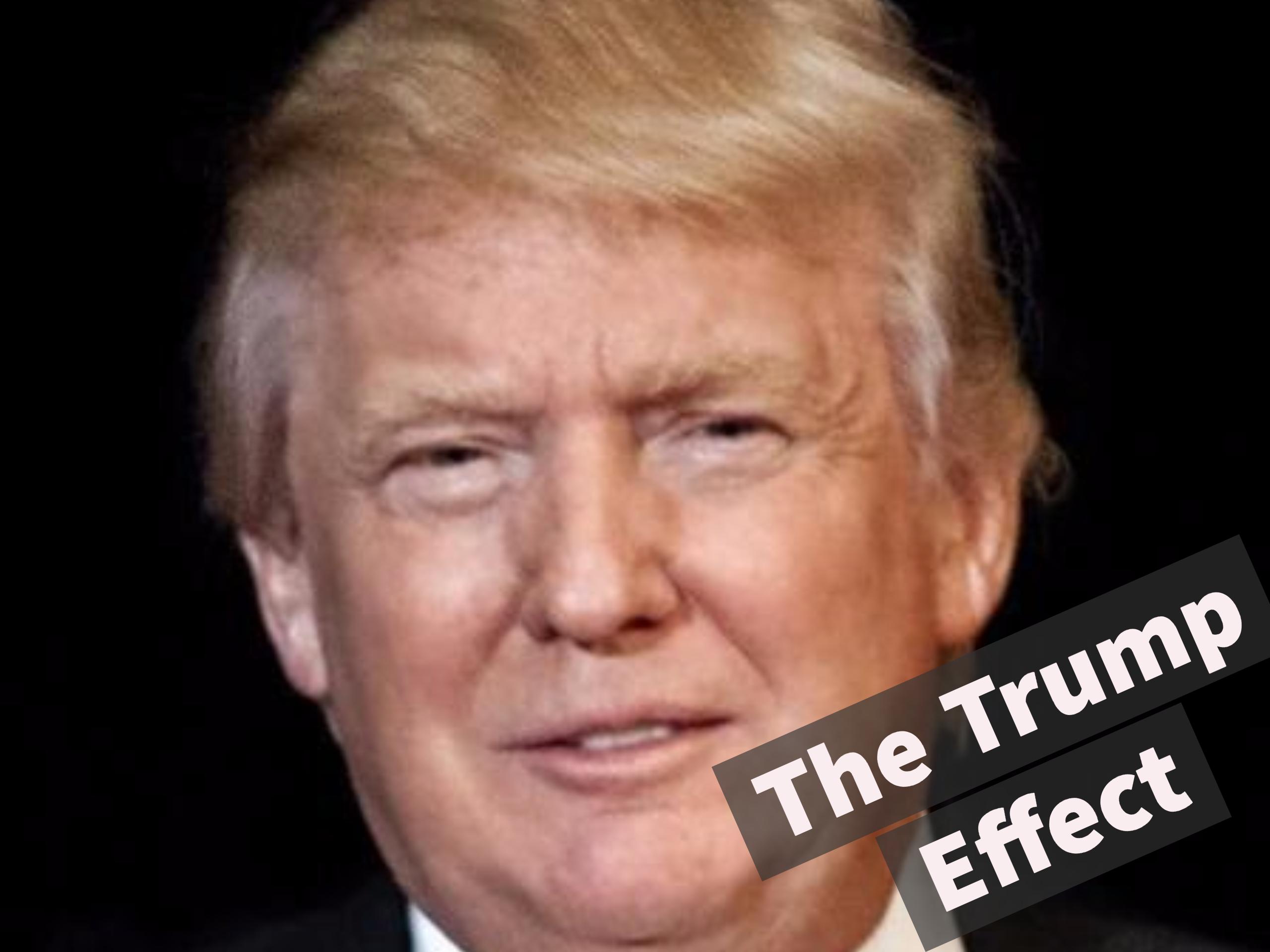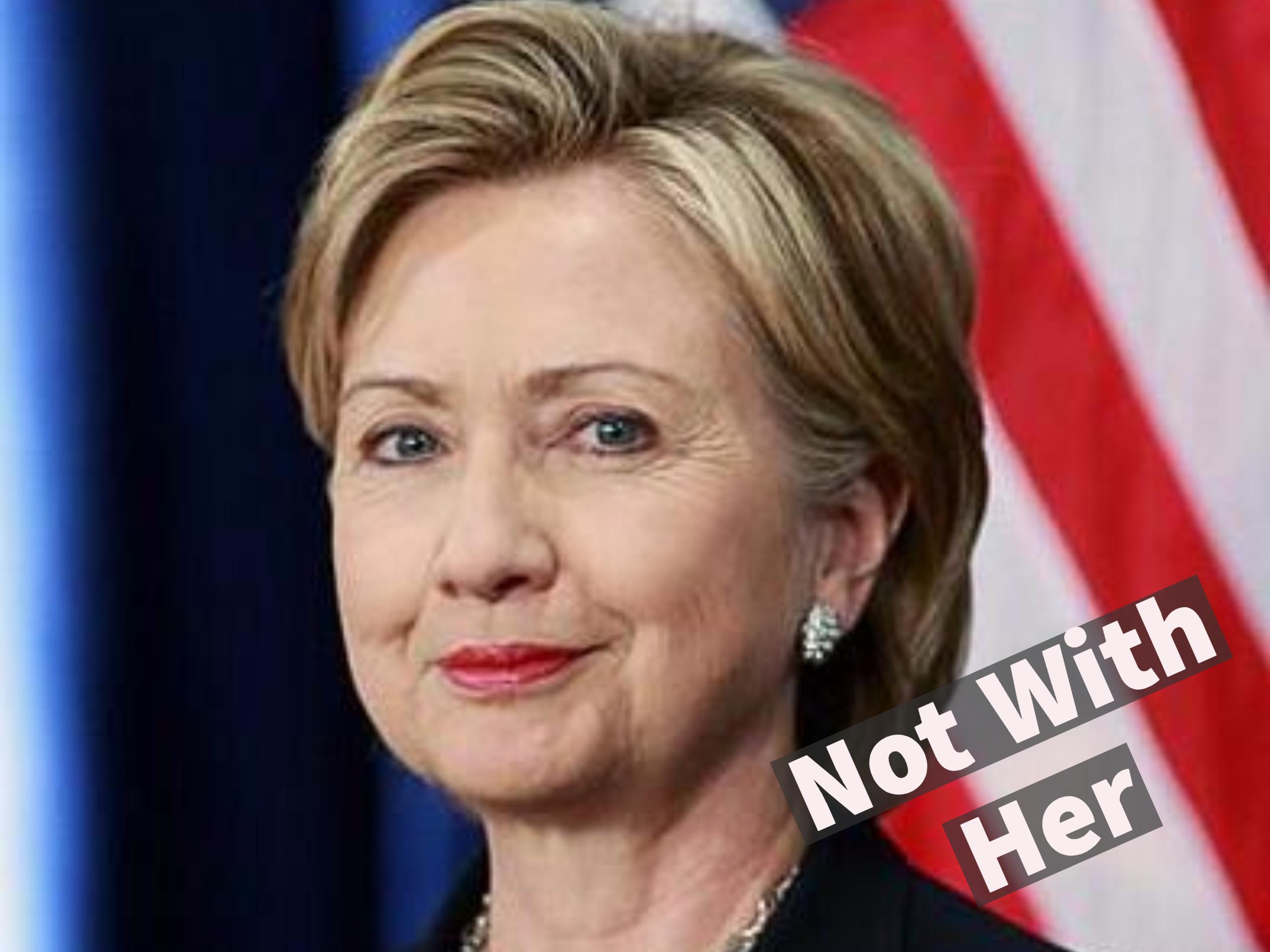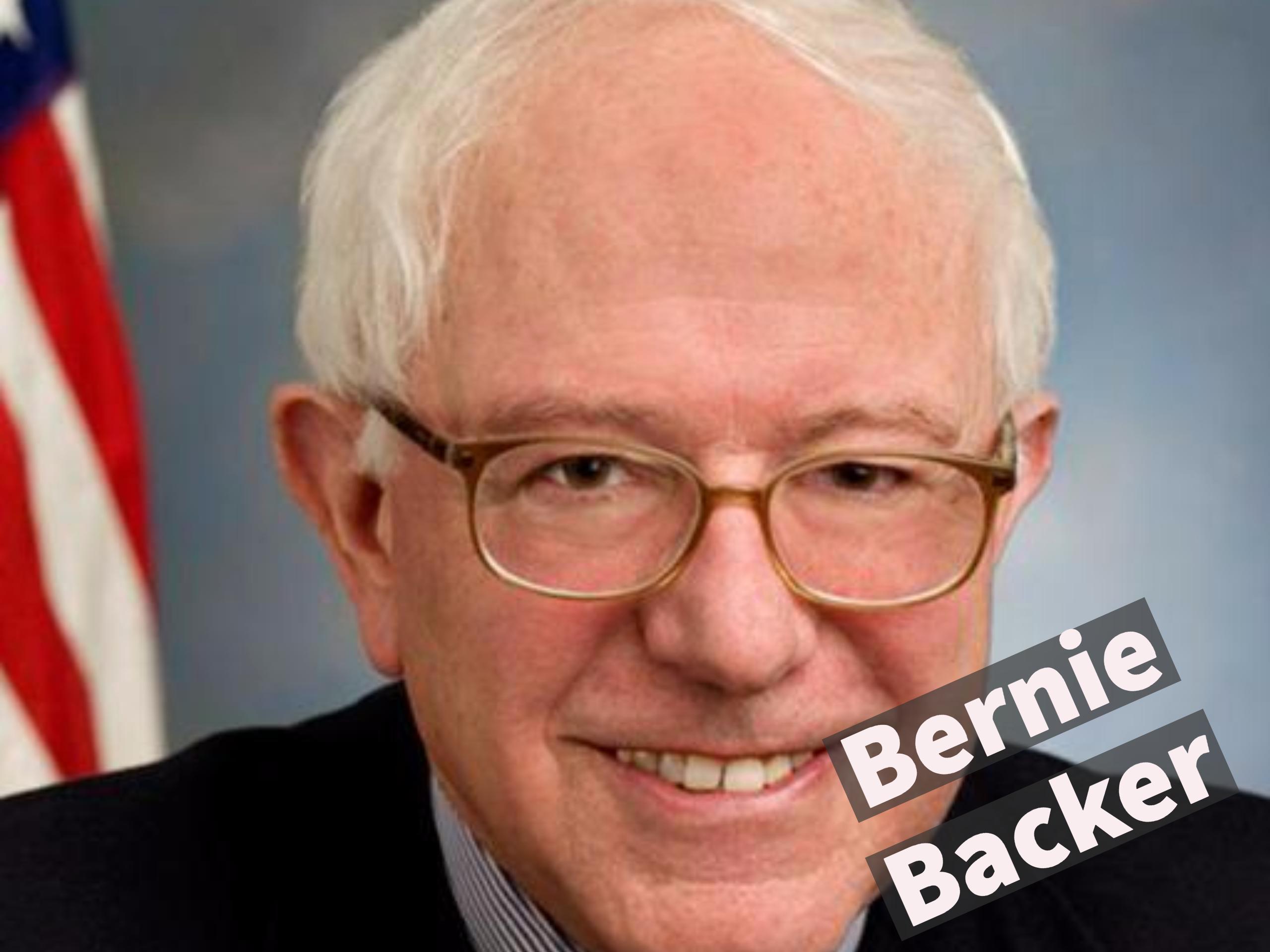If video does not display, click here.
Bernie Backer
Like many California supporters of Sen. Bernie Sanders’s failed presidential bid, Brendan Reynolds was evangelized by the populist’s anti-establishment rhetoric and campaign to improve wealth inequality.
Sanders’s campaign initiatives, like deconsolidating large banks, reforming campaign finance, nationalizing college tuition, tackling climate change and promoting social justice, resonated deeply with people like Reynolds and younger millennials – the generation born after 1980.
Not quite a millennial, the 38-year-old father and market specialist for whiskey distiller, Erdington, says, “I’ve been a huge fan of Bernie” as a “human being and American politician for like five or six years.”
But, Sanders’s controversial loss to the eventual Democratic nominee, Hillary Clinton, crushed Reynold’s hopes for moralistic political reform.
With claims of voter fraud in the primaries, compounded by the leak of scandalous Democratic National Committee emails, exposing DNC collusion to damage Sanders’s campaign, and which forced then-DNC Chairwoman Debbie Wasserman Schultz and three other top-party officials to resign, the Democratic nomination process left Reynolds fuming.
Reynolds distrusts the two-party system and is so disgusted and outraged by Clinton’s nomination, that he will not vote in the 2016 election.
“It’s an abomination, it’s horrifying… and enraging,” he says. “I’m completely disgusted with the entire political process and two-party system.”
The Sanders Prototype
A graduate school-educated and politically informed hipster from the Midwest, Reynolds embodies the standard profile of an alienated Sanders loyalist in California.
With his scruffy red beard and dark-rimmed glasses that frame a contrarian intellect, Reynolds belongs to the 30-to-39-age demographic of liberal voters in the state, which swing 60 percent in Sanders’s favor, according to a June Field Research Corporation poll.
Although Sanders’s edge was more pervasive for Democratic voters in the 18-to-29 category, with 75 percent of millennials backing the underdog, this group is also the least likely to vote in elections, according to a 2014 U.S. Census Bureau report.
Beyond being a male under the age of40, which according to Field represents 71 percent of Sanders voters in California, Reynolds’s suitability as an advocate-prototype is reinforced by data highlighting majority-Caucasian support for the senator.
Additionally, Reynolds’s economic profile aligns with the majority of Sanders supporters in the state, whom are renters instead of homeowners, and earn less than $60,000 a year.
California Sanders Supporters Facts
Sanders supporters are an interesting demographic.
60
Percent of Sanders voters are between the ages of 30 and 39
71
Percent of Sanders voters are men under the age of 40
49
Percent of Sanders voters make less than $60,000
43
Percent of Sanders voters are Caucasian
41
Percent of Sanders voters live in Los Angeles County
Reynolds says he’s donated to the Sanders campaign multiple times for a contribution total in excess of a $100. “I’ve got a baby back home, so I wasn’t breaking the bank,” he jokes.
On a fundamental level, Reynolds says, this election is a “referendum on moralistic ideology.”
Sanders’s strong moral point-of-view is the character trait that appealed most to Reynolds about the dark-horse candidate.
And just like 61 percent of the Sanders voters surveyed in The New York Times Iowa Entrance Polls from last February, the senator’s championing of socio-economic equality resonates with Reynolds above all other campaign issues.
“I think his voice and his messaging spoke to the massive majority of the population in this country that’s struggling and holding on to the tail end of the American dream that’s flying away as we speak.”
As of now, Reynolds says he’s not going to vote and is critical of a two-party system that is “rigged” by big-bank and big money interests, which he believes are controlling everything.
But, the issue that makes Reynolds most upset is the DNC’s skillfully executed plot against Sanders and everyone who believed in his “revolution.”
The DNC's Inner-Workings Exposed
Three days before the Democratic National Convention, the hacktivist group, WikiLeaks, released a trove of nearly 20,000 emails from the accounts of seven high-ranking DNC officials, including the communications director, the finance chief of staff and multiple other finance directors.
A July Washington Post article analyzes the emails’ most damaging evidence and highlights the DNC’s most egregious anti-Sanders undertakings. To undermine the senator, the DNC spun “disorganized-Sanders-campaign” narratives in the media, they conspired to target his Jewish faith as an election issue, and proposed gas-lighting Sanders’s concerns about DNC funds being unlawfully diverted into Clinton’s campaign to hurt his credibility.
The leak catalyzed widespread protests and unrest at the DNC convention in Philadelphia. With hundreds of outraged Sanders’s delegates-turned-protestors walking out in defiance of Clinton’s nomination, Bernie supporters booing at every mention of her name, chants of “lock her up” and “indict, convict, we’re sick of all your sh--,” echoing in the streets, along with the arrest of three people who tried to “citizen’s arrest." Clinton, Democrats seemed anything but united.
For Reynolds, the WikiLeaks revelations gave further credence to a fringe allegation that election fraud secured Hillary Clinton’s victory in the Democratic Primaries.
Conspiracy Theories
Reynolds points to a Stanford University study published in June, which identifies anomalies between election results and exit polls in the Democratic Primary. Using Clinton’s 2008 Democratic Primary performance as the control data, or a baseline for comparison, the study concludes that election fraud transpired in multiple states, working to Clinton’s ultimate benefit.
Co-authored by Stanford’s Rodolfo Cortes Barragan and Tilburg University’s Axel Geijsel, the study analyzes 18 states with paper-ballot voting and 13 electronic-voting states. The results uncover vast disparities between outcomes and polls, in states where data indicated much lower support for Clinton.
Additionally, the study’s appendix criticizes the Democrats' exclusive use of direct-recording-electronic voting machines in states like Lousiana. The authors point to the AVC Advantage model used in the Primary, which Princeton University computer scientists have proven to “have severe security issues” and be more “vulnerable to network viruses.” In fact, the Netherlands banned these devices in 2007 due to their vulnerability to election fraud, according to the Stanford paper.
The study highlights the heightened DRE election fraud risks in other states, including South Carolina, Georgia, Mississippi and Alabama. Still, the study's findings should be taken with a grain of salt.
A June New York Times article, published in the weeks after the Stanford findings were released, invalidated the accuracy of state-exit polls, citing three key distortions.
NYT reporter, Nate Cohn, highlights the factors of differential non-response, or the likelihood of one candidate's voters participating over the other's; cluster effects, where precincts are not reflective of the overall population; and absentee voters, whom are excluded from exit polls in states where they equal less than 20 percent of the vote.
Although Cohn's counter-arguments fail to address hacking conspiracy theories, the Stanford study offers no conclusive evidence to that end and is, at best, speculative. Nevertheless, Reynolds remains convinced of Clinton's electoral illegitimacy.
“I just couldn’t live with myself if I voted for her,” he says.
Yet, when asked if he’s concerned that his disavowing of Clinton could help secure the presidency for Trump, who he calls a “charlatan,” a “clown” and the “most scary option we’ve ever had,” Reynolds brushes the question aside.
“Is California ever not going to go blue? That’s not a possibility.”
Back to top


